And they may not be what you think.
I recently had the opportunity to visit Disney’s Hollywood Studios. It’s always a great time to experience and be reminded of how the industry masters continue to change the game of amusement and entertainment. And, of course, we had to see if the new Star Wars: Rise of the Resistance ride was going to live up to the hype.
But what I really took away were five surprising lessons that could help push your family entertainment center or amusement venue to the next level.
No. 1: Creatively manage every detail to address friction points.
It’s no secret that Disney park operators take pride in managing every detail – from their characters to their line management to their underground city. But they recently raised the bar in one specific area: transportation.
Transportation between nearby hotels and parks is often a confusing point of friction for guests. Disney does it better, however, by capitalizing on the rideshare trend. In partnership with the popular rideshare app, Lyft, Disney offers “Minnie Vans” for guests. Pay about 20% more than a regular ride and your party can arrive in style in a red and white polka-dotted vehicle. Not only that but during your ride, you’ll be treated to a carefully planned, themed music playlist before being dropped off directly in front of the park’s gates – closer than with any other service.
While you might not be able to procure branded vehicles to transport guests to and from your facility, the real lesson here is about using your creativity to manage even the smallest details to address friction points.
Perhaps you could work with local hotels within a two or five-mile radius to include your facility as dropping off points for hotel shuttles. Or you could put together a “stress less” basket for event planners coming to your facility for the first time. It’s a good idea to brainstorm areas in your business where friction could be happening, or for ways to boost guest experience and get creative finding solutions.
No. 2: Train, cross-train and train some more.
On our way to the park, I sat in the front passenger seat beside the driver so I could pepper him with questions about this ride service. I learned that drivers were employed by the park, not Lyft, and that when the service started, they only hired from within the park. This meant I could ask my private tour guide anything I wanted and interact just like I would with another cast member on-premises.
Your team members are your park’s ambassadors, and you never know who’s going to approach them for information. That’s why sales and service training, product training and cross-training nearly every staff member are critical pieces of your guest experience puzzle. Sure, you’ll have specialists who can discuss party packages or attraction maintenance in more detail, but every team member should have as much knowledge about products, attractions, food and promotions so they are ready to assist guests whenever they are approached or see a guest who’s displaying body language that suggests they need help.
No. 3: Routinely check and adjust processes and procedures.
Remember that a process that worked fine last week or last month may not be the best process today, so it’s a good idea to make sure processes continue to be the most efficient way to run your business, and make sure staff are kept up to speed.
While waiting in line for a ride, there was a line buster who stood with a sign depicting the wait time. At the door of the attraction, there was a digital sign depicting a much different wait time. When my party got into line, we asked the cast member why there was a difference in the number between her sign and the digital signage.
She responded in a surprisingly un-Disney-like manner: “You know, I don’t know. That number is never the same and I don’t know why.” After a few follow-up questions, she declared: “I really have no idea what that’s for or why it’s there.” This is very unlike any interaction you’d normally hear from a Disney cast member – even my friends expressed shock about the unhelpfulness of the cast member and how the park “needed to figure out what the wait time issue was.”
Obviously, training would have helped that encounter greatly. It also highlights the gap in the process of managing how wait times are calculated and how they’re communicated to guests. You might have similar areas of your park with processes that “have always been that way.” Take a walk throughout your park and look for steps or processes that don’t seem to make sense. Then ask team members why they’re following that process. You’d be amazed to hear the answers and before long, you’ll have a list of procedures to re-examine.
No. 4: Immerse guests in your story.
You know the importance of creating an immersive experience through key design elements, well-themed arenas and larger-than-life attractions. But have you considered the impact you could make with team members who looked and acted like cast members of your facility’s story?
Instead of embroidered polos, what if all or some of your team charged with line busting, party check-in or guest experience were dressed in fully themed (mask-free) costumes and interacted in character with your guests?
Orlando parks have been doing this with their characters for years, of course, but they’ve raised the bar in Star Wars Galaxy’s Edge, with stormtroopers and officers moving throughout the area in pairs and small groups interacting with guests of all ages. This created hilarious, sharable photo and video opportunities.
Considering your organization’s unique theming, is there somewhere you could be creating even more immersive experiences to set your business apart from the competition?
No. 5: Go bolder.
So you’re probably wondering: did Stars Wars: Rise of the Resistance live up to the hype? Absolutely. You can’t call it a ride; you can’t even call it an attraction. It was an experience.
Without giving it away, you’re immediately submerged into the experience and are given a role in the story. From there, you aren’t talking to attraction attendants – you’re interacting with actors playing their part for or against the resistance. As you move through the experience, you are captivated by sights and dramatic music, as if you’re in a performance of sorts, starring you. In short, it was brilliantly orchestrated and worth every penny. They’ve gone bigger, bolder and have changed the game. Again.
Part of thriving in this unique and fun industry means continuously pushing for game-changing moments. And we all have a shot at imagining how to drive those bigger and better experiences. This could mean creating new traffic patterns or adding touchpoints, theming or smaller attractions to improve the perception of wait time for your more popular attractions, or it could mean that you dream up something completely new that will lead the world to come see how you do things. Isn’t it a great time to be in the fun business?
Have other insights for creating new experiences in your facility? Share them with us in the comments or on Twitter!
Search Resources
Subscribe to Email Updates
Featured Resources
Blogs //
6 Self-Service Opportunities to Delight Your Guests Without Losing Your (Personal) Touch
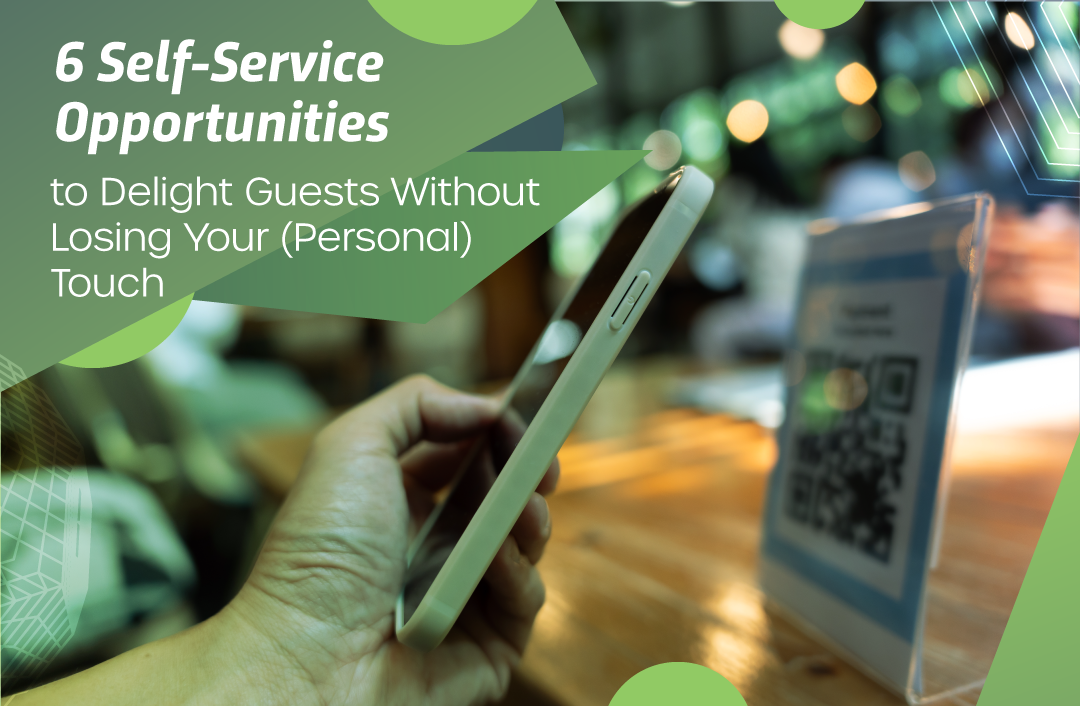
News //
CenterEdge Now Integrates with PourMyBeer to Help FECs Serve Up Success
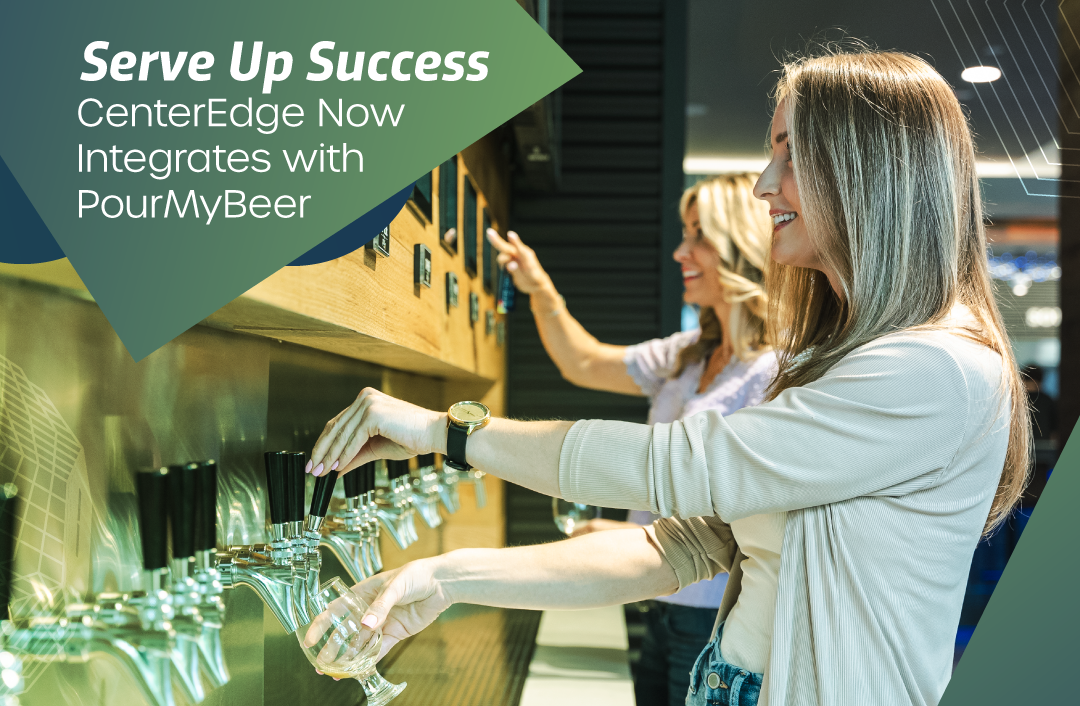
News //
ClawCADE is Newest Concept for Fast-Growing Family Fun Brands
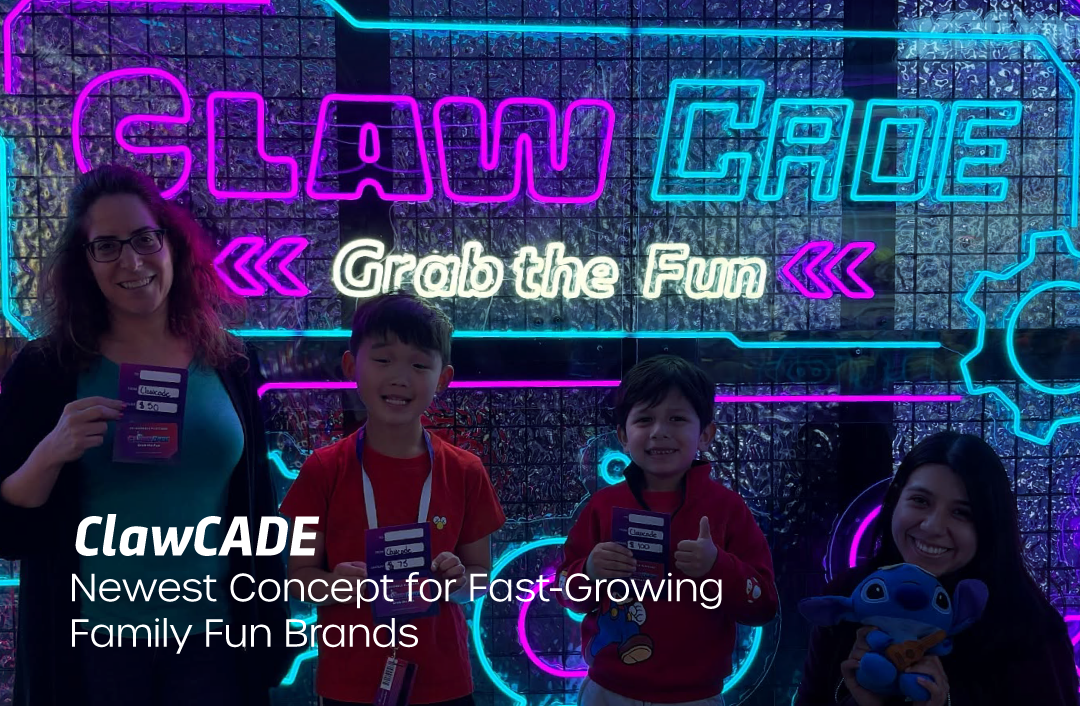
Blogs //
Data-Driven Decisions: Using Management Software to Optimize Staffing & Guest Flow
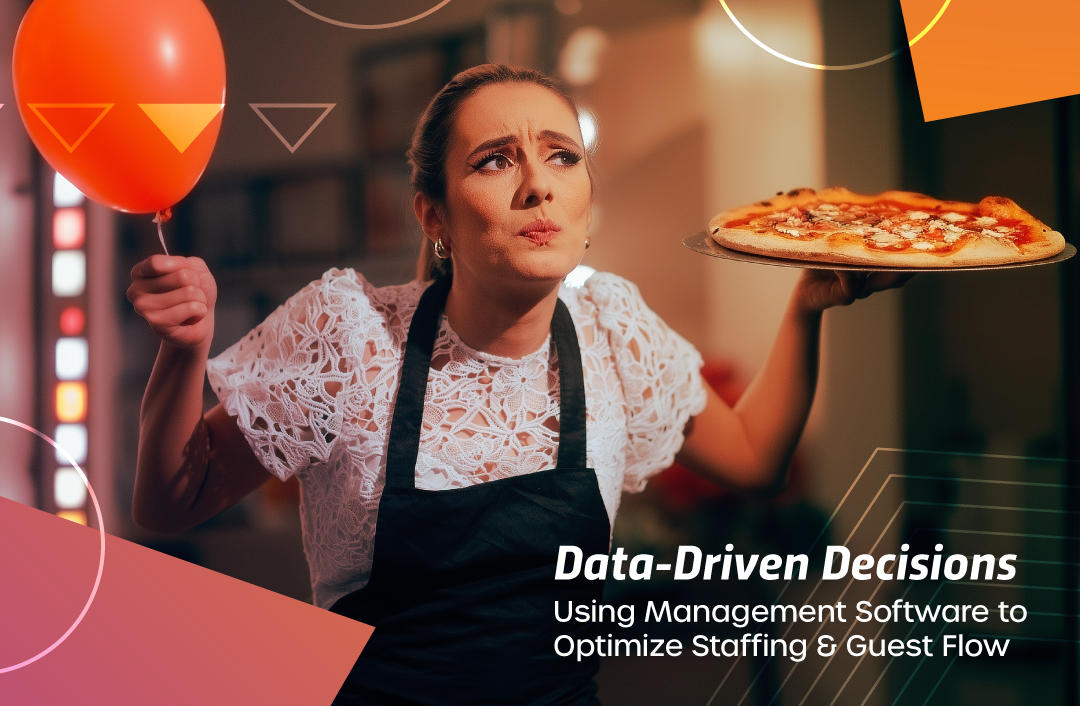
Posts by Topic
- Advantage Payments (7)
- Brand Management (19)
- Business Growth (81)
- Capacity Management (2)
- CenterEdge News (28)
- Client Interviews (8)
- Credit Card Processing (3)
- Data & Reporting (12)
- Digital Signage (1)
- Event Management (20)
- Facility Management (10)
- Food & Beverage (8)
- Guest Experience (34)
- Guest Management (20)
- Holiday Season & Promotions (5)
- Industry Events (10)
- Inventory Management (1)
- Loyalty Programs (8)
- Marketing Tips (24)
- Operations (1)
- Point of Sale (10)
- Product Launch (11)
- Productivity (5)
- Profitability (35)
- Redemption Management (1)
- Sales (35)
- Season Passes (1)
- Team Training (60)
- Waivers (2)
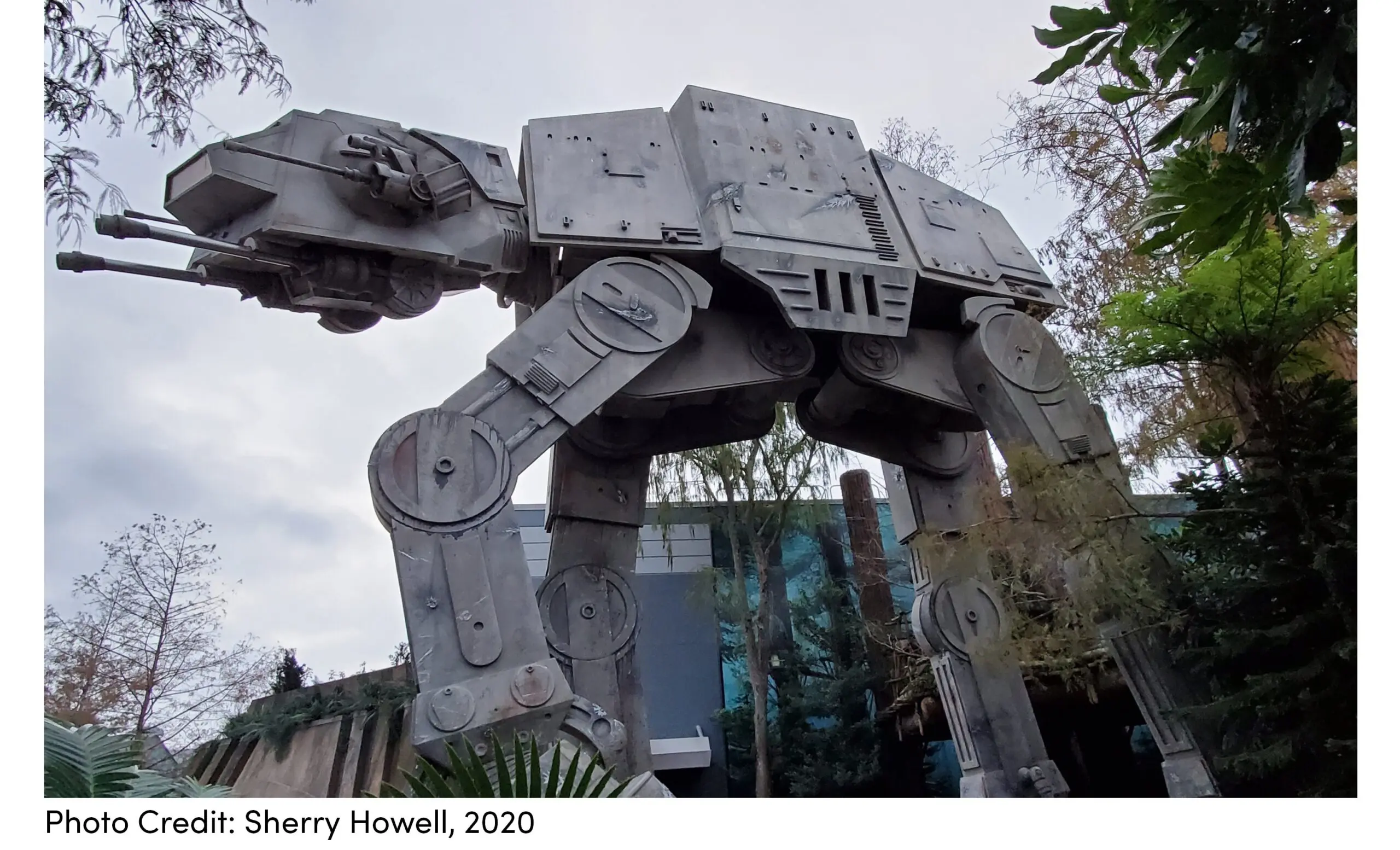
Leave a Comment